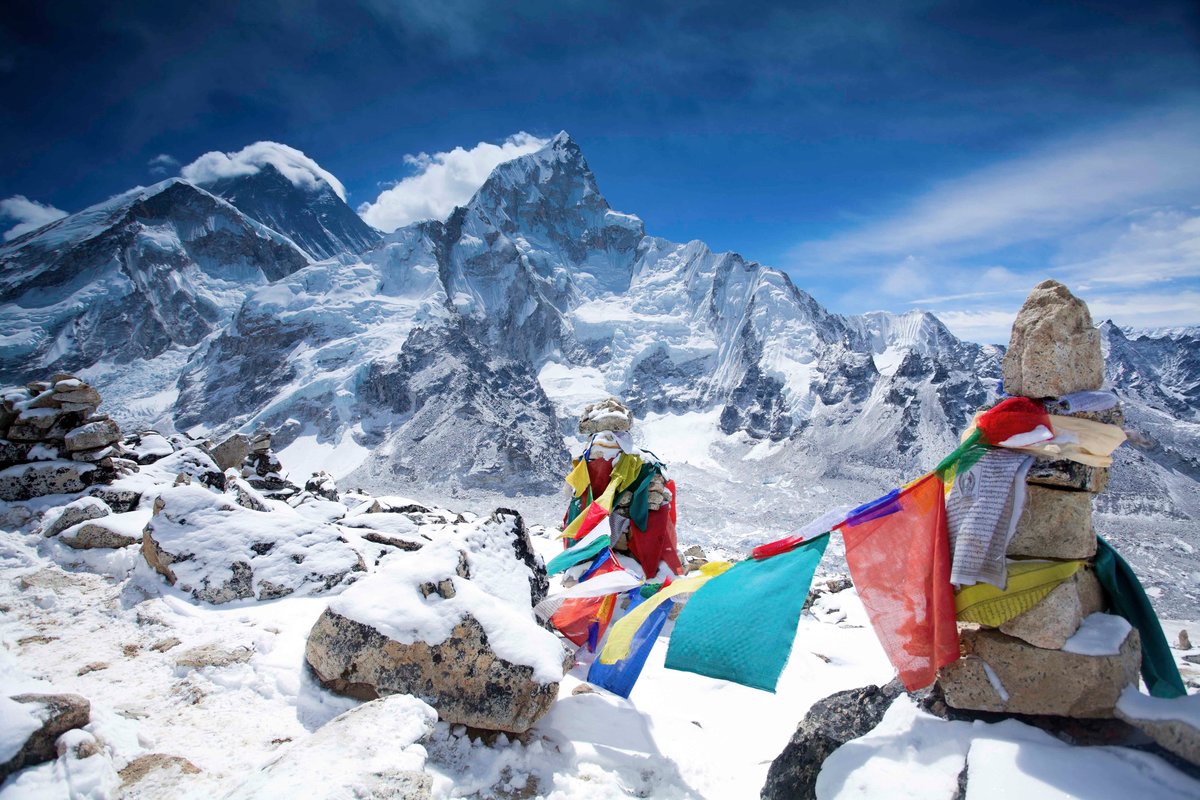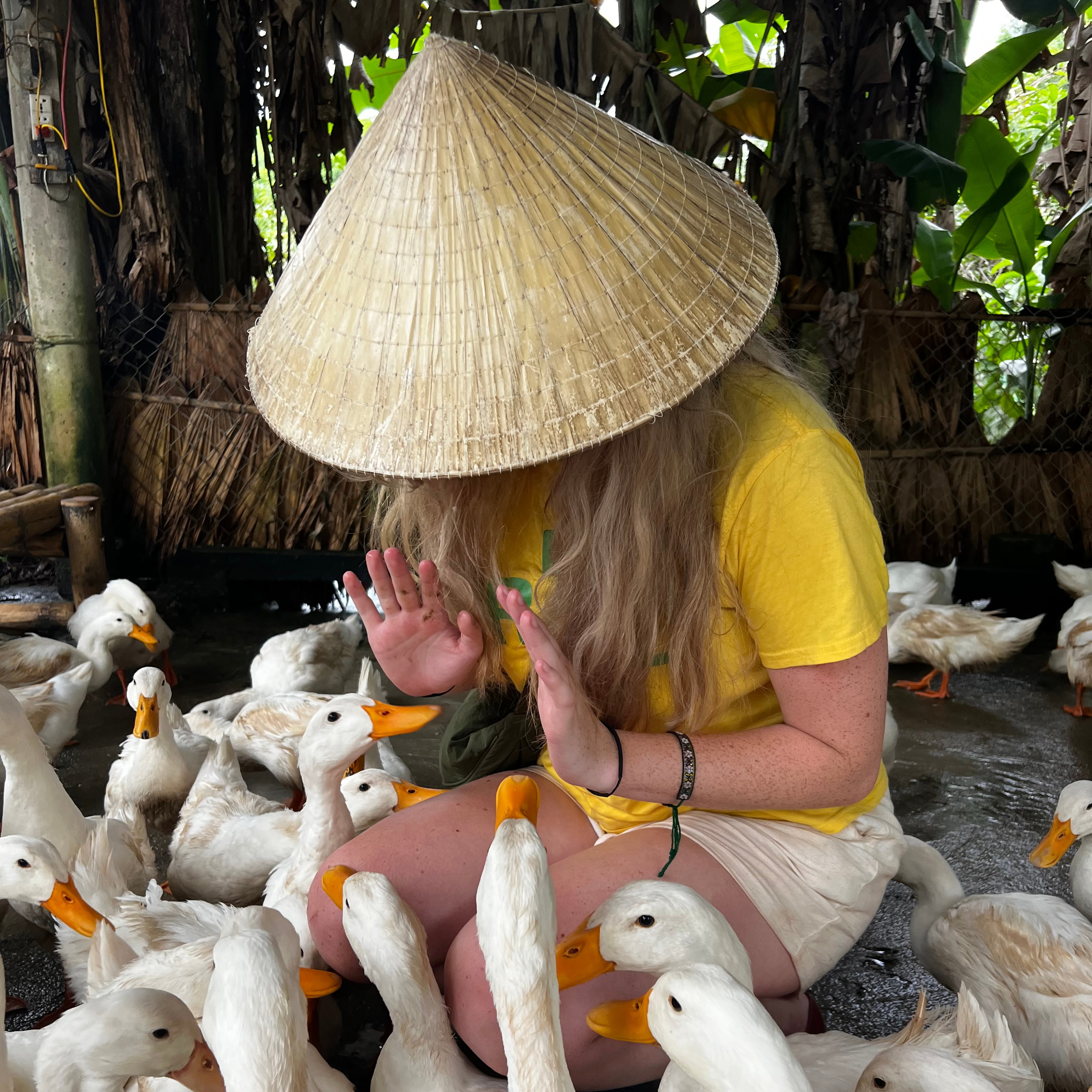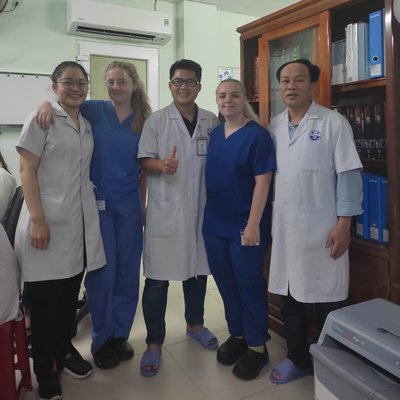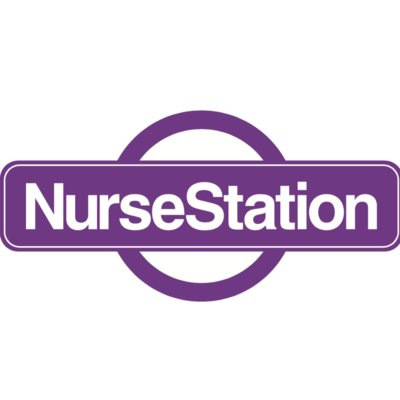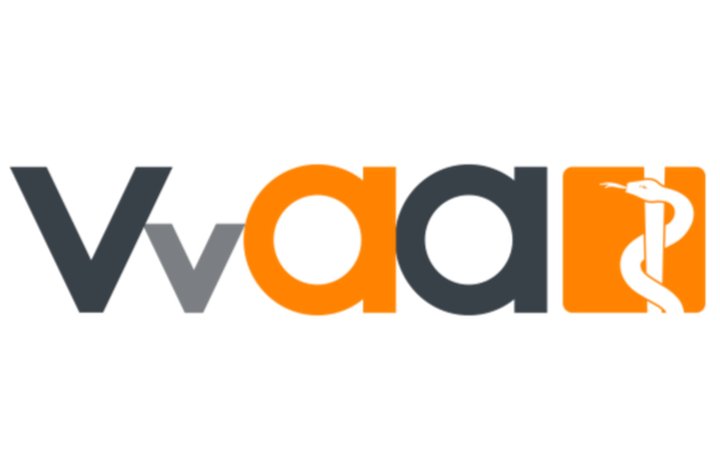Monash University 2025
As a qualified radiographer, the concept of a placement initially felt like something only students could do. But once I recognised that a placement could be done at any stage of my career, I was committed to learning as much as possible about radiography outside of Australia.
3.jpg) I felt inspired not just to take a simple tour of an overseas department, but to immerse myself for several weeks, joining a team where I could see their daily clinical practice and meet patients from diverse healthcare backgrounds. And honestly, feeling like I had become a student again was so exciting and something I wanted to do!
I felt inspired not just to take a simple tour of an overseas department, but to immerse myself for several weeks, joining a team where I could see their daily clinical practice and meet patients from diverse healthcare backgrounds. And honestly, feeling like I had become a student again was so exciting and something I wanted to do!
My first impression of my placement hospital was that it was very busy! The hospital ran multiple outpatient clinics per day, and the lines were often out the door and down the street. Many of these were then referred to radiology on the same day, so the modality waiting rooms were filled with patients who needed many different studies.
Resources were scarce, and many of the machines needed fixing or were broken beyond repair.
However, the staff were passionate and ready to tackle the high workload. After feeling daunted by the sheer number of patients, I watched as the local radiographers somehow made the chaos manageable.
1.jpg) And despite challenges with the machines, limited clinical notes and very unwell patients, the radiographer demonstrated a high level of skill to problem solve and navigate these barriers with ease. All while explaining different approaches and still making small talk about my life in Australia!
And despite challenges with the machines, limited clinical notes and very unwell patients, the radiographer demonstrated a high level of skill to problem solve and navigate these barriers with ease. All while explaining different approaches and still making small talk about my life in Australia!
I learnt a higher level of radiographic image interpretation and confidence in my clinical decision-making, as often the radiographers performed the barium swallows, mammograms, or CT scans completely without any radiologist input. I’m so used to asking for permission or advice that it was so valuable to gain independence in new areas and refine my knowledge.
I also learnt to perform examinations more efficiently without getting stressed, as the fast-paced environment paired with such relaxed radiographers was so impressive. I know I’m going to be returning home with a lot more gratitude and patience for my clinical practice.
2.jpg) In Angiography, we performed many highly complex international cases, ranging from TACE to MMA embolisations (treatment of vessels inside the brain) with a single-plane angio unit.
In Angiography, we performed many highly complex international cases, ranging from TACE to MMA embolisations (treatment of vessels inside the brain) with a single-plane angio unit.
Although I didn’t participate in this case, I reviewed the images and discussed them with the treating radiologist.
He described a patient who had come in only a few weeks prior — a young man who presented with frostbite of his fingers during a mountain trek. Using angio guidance, the radiology team performed an arm angiogram and treated the frostbite with endovascular medications directly into the affected hand to restore blood flow. It was successful!
Other cases I got to perform included complex mammography patients, severe brain bleeds on the Emergency CT scanner and imaging of liver transplants and large uterine fibroids in MRI. There were loads of different cases, often with quite complex pathologies.
Access to healthcare in Nepal is a costly and time-consuming endeavour. This means that many patients present late with pathologies that are already quite advanced.
7.jpg) This can put a greater burden on imaging services and treatment options. Patients also had to pay for the examinations before having them done, and bring their own equipment (for example, buying their own contrast for CT scans).
This can put a greater burden on imaging services and treatment options. Patients also had to pay for the examinations before having them done, and bring their own equipment (for example, buying their own contrast for CT scans).
Knowing the machines and resources are very limited in Radiology, I was surprised how medicine and medical imaging were all taught in English and essentially the exact same content I learnt in university.
Projections and imaging protocols were nearly identical, albeit with some modifications due to resources and staffing. Machines were fairly new, with DR imaging in XR and 3T MRI units.
Outside of our placement, we got up to heaps of things! We attended the weekly Nepali language lessons on Mondays and Tuesdays, which gave me confidence in basic communication with the locals, and we had a communal house BBQ every Thursday.
Although I spent a lot of my time preparing for my trek after my placement period, many of the housemates booked safari trips together and often went to local restaurants for dinner. Other nights we would stay in and play card games or watch a movie at the house.
I’ve been able to learn about the world of medical imaging outside of Australia and realise just how well people can work with what they’ve got. I’ve established connections with many of the staff here in the hospital, and improved my confidence tenfold.
5.jpg) I know I’ll be returning home with so much gratitude for the resources I have in my hospital, and I will be looking forward to sharing my experience with the team when I return!
I know I’ll be returning home with so much gratitude for the resources I have in my hospital, and I will be looking forward to sharing my experience with the team when I return!
To others considering an overseas placement, I’d say to keep an open mind and take everything on board, no matter how much it might differ from your beliefs or approaches back home! Although you might find their machines and resources are fewer, be prepared to be amazed by staff who are even more skilled than you, purely because they’ve learnt to troubleshoot these challenges and work with less support.
Take every opportunity on board, and keep track of what you’ve learnt.
Everyone should do an overseas placement in their lives to recognise that patient care is universal!
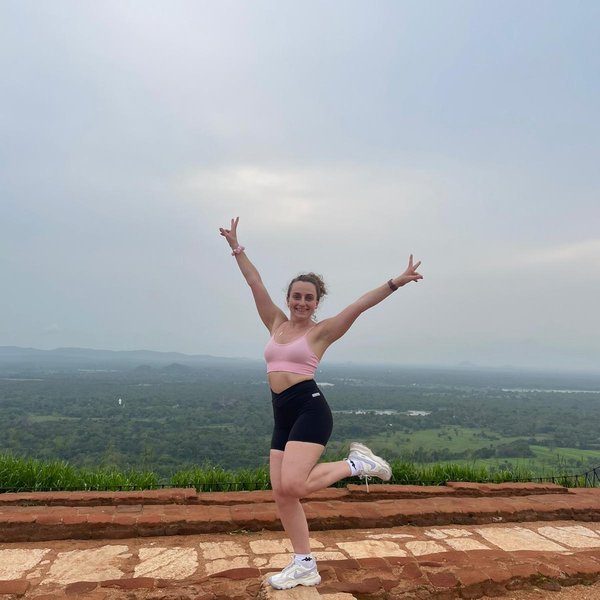
Start your journey
Want to go on your own once-in-a-lifetime adventure? Get started below:
Want to go on your own once-in-a-lifetime adventure? Get started below:
